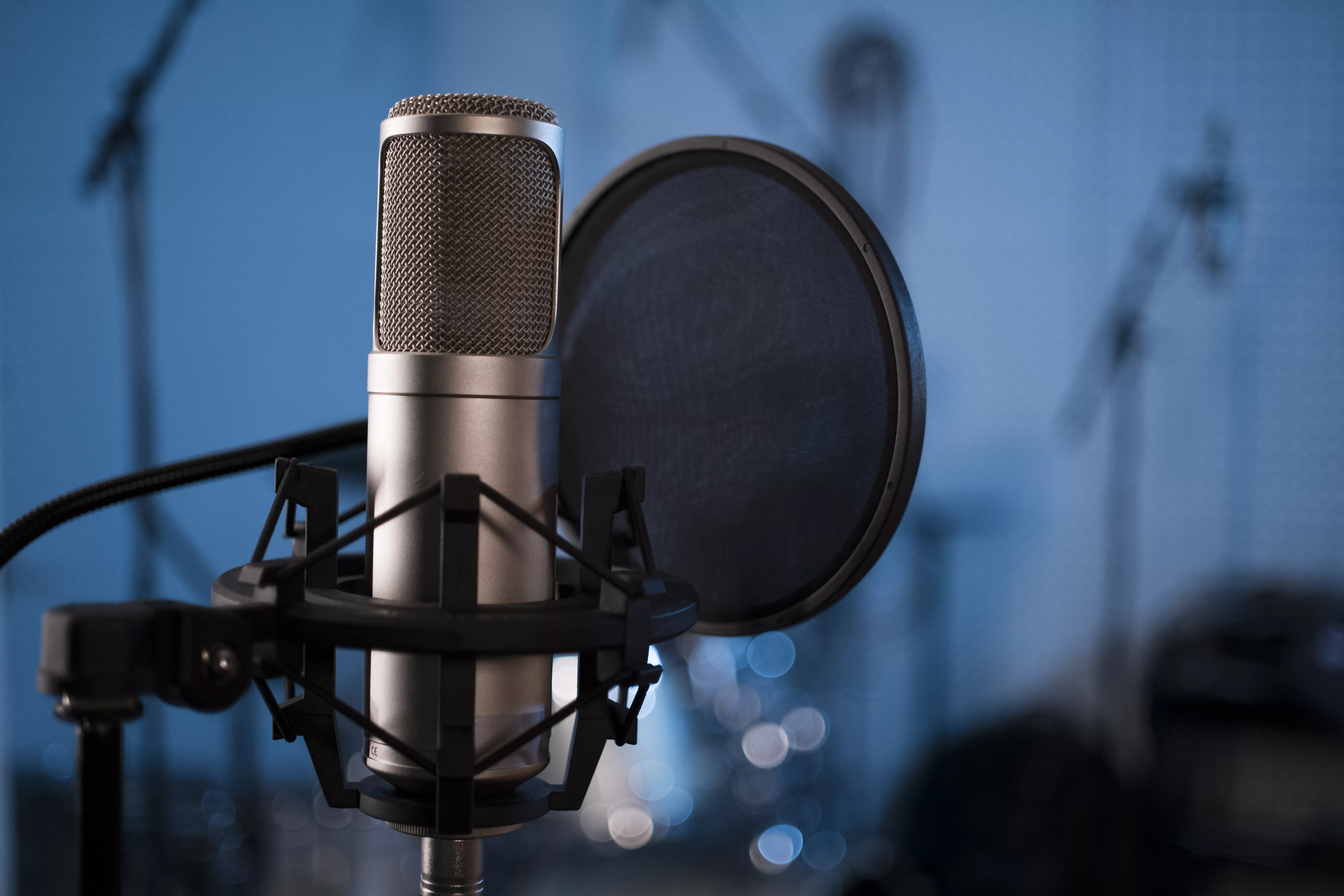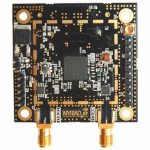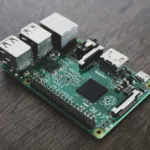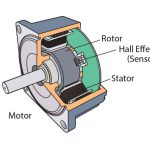
Introduction
Microphone interfaces are significant in various broadcasting and recording productions, capturing audio with enhanced clarity and precision. The interface choice depends on the users’ preferences and contributes to improved quality and versatility of recordings. One of the fundamental decisions to take is to opt for an analog or digital microphone interface, each with potential pros and cons in various recording requirements and preferences. This article resolves the issue by highlighting the crucial differences, advantages, and selection parameters between analog and digital microphone outputs to help you make an informed decision.
Understanding Analog and Digital Microphone Interfaces: Uncovering Their Differentiating Factors
Analog and digital microphone interfaces are technologies that connect microphones to recording devices or audio systems. These interfaces typically serve as a bridge between the microphone’s output signal and the input of recording equipment or sound processing systems. However, they differ from one another. For instance, an analog interface directly converts sound waves into electrical signals, amplified and transmitted. Conversely, a digital interface converts sound into numerical data for further manipulation and processing by digital devices. Both these interfaces have served as the cornerstone of audio recording for years, contributing to rich and warm sound profiles.
Advantages of Microphone Analog Outputs
Microphone analog outputs offer numerous benefits. Some of their advantages include:
- Real-time Monitoring – Analog outputs offer real-time monitoring without latency, making them ideal for scenarios where immediate feedback is crucial, like live broadcasting and recording sessions.
- Sonic Character – Analog outputs can capture the depth and warmth of audio. These characteristics make them popular among musicians and audiophiles, valuing a natural and organic sound.
- Simplicity – Analog setups tend to be straightforward and require fewer components, leading to a smoother workflow, especially in live performances.
Advantages of Microphone Digital Outputs
Like analog outputs, microphone digital outputs provide potential advantages, including:
- Noise Immunity – Digital outputs are less susceptible to interference and noise, resulting in cleaner audio signals, especially over longer cable distances.
- Signal Manipulation – Digital interfaces provide flexibility for real-time signal processing, enabling users to apply effects, EQ adjustments, and other enhancements without degrading the original signal.
- Compatibility – With the prevalence of digital audio workstations (DAWs) and virtual instruments, digital outputs seamlessly integrate with modern recording and production workflows.
- Signal Integrity – Digital signals can be transmitted over longer distances without significant signal degradation, making them suitable for complex studio setups and remote recording.
- Portability and Convenience – Digital microphone interfaces are designed with portability in mind. With a laptop and a digital interface, you can set up a recording session almost anywhere. This convenience is ideal for field recording, podcasting, and other situations where mobility is vital.
- Cost-effectiveness – Digital microphone interfaces are generally more budget-friendly. They provide a cost-effective entry point into high-quality recording without the need for additional equipment.
Analog Vs Digital Debate: Selection Parameters
In the analog vs digital microphone interface debate, there is no one-size-fits-all answer. The choice ultimately depends on your specific recording needs, preferences, desired sound profile, and budget. For capturing the warmth and character of acoustic sources, an analog interface might be the right fit. In contrast, for pristine sound quality, flexibility, and portability, a digital interface could be a suitable choice, providing versatile and adaptable platforms for audio and modern recording techniques.
Ultimate Hybrid Solutions: Best of Both Worlds
There are hybrid solutions that combine the best aspects of both analog and digital worlds–thanks to advanced technology. Some analog microphones now feature built-in digital converters to capture the raw analog signal while simultaneously converting it to digital data for processing. By combining the warmth and authenticity of analog components with the flexibility and processing power of digital technology, the ultimate hybrid microphone interface serves as a versatile tool for capturing pristine audio recordings in multiple professional applications.
Microphone Interfaces: Future Trends and Considerations
With technological advancements, the landscape of microphone interfaces is expected to evolve further. Some of the future trends to watch for include:
- Integration and All-in-One Solutions – Manufacturers continue consistent research on creating all-in-one solutions–combining analog and digital capabilities. These interfaces aim to switch between analog warmth and digital precision as needed.
- Wireless and Remote Recording – The increased demand for wireless technologies opens new possibilities for remote recording setups. Wireless microphone interfaces eliminate the need for physical cables and can significantly enhance the flexibility of recording sessions.
- Artificial Intelligence Integration – AI-powered features could become more prevalent in microphone interfaces based on the recording environment. These features can help with noise reduction and real-time processing and even suggest optimal settings.
- Higher Resolution Digital Interfaces – In the quest to achieve higher audio quality, digital microphone interfaces may push the boundaries of resolution and sample rates. This ultimately can result in more accurate and detailed recordings.
- Environmental Considerations – As sustainability is a significant concern, manufacturers can explore ways to reduce the environmental impact of producing microphone interfaces regarding materials used and energy consumption.
Final Thoughts
Choosing between analog and digital microphone interfaces involves weighing the pros and cons of each choice. These options entirely depend on your specific requirements, including the nature of the projects, creative preferences, and budget. A suitable microphone interface can significantly impact the quality and potential of your recordings in a professional studio or unconventional locations. Hybrid solutions with innovative features can blend the best of both worlds, helping to make well-informed decisions and empowering to create exceptional audio content.





















